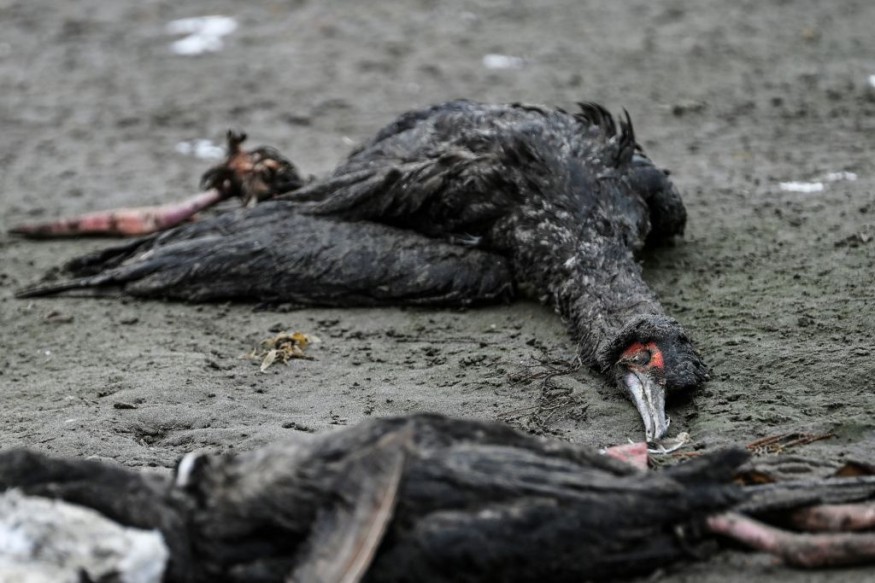
Experts said that a highly pathogenic avian influenza (HPAI) has been confirmed in the brown skua populations that were found in Bird Island, South Georgia.
They said that this is the first known case of the avian influenza in the Antarctic region.
First Case
The reported case of avian influenza came after reports of several potentially symptomatic birds as well as their unexplained mortality.
Following the mortality incidents, personnel from the British Antarctic Survey (BAS) staff on Bird Island took samples to conduct a test.
After that, the swabs were returned to the United Kingdom and tested by the Animal and Plant Health Agency laboratories in Weybridge and it was found that the test yielded positive results.
Experts said that the spread of the disease could be due to the return of birds from their migration to South America, a region where there are a high number of HPAI cases.
The British Antarctic Survey as well as the Government of South Georgia & the South Sandwich Islands (GSGSSI) have remained vigilant for possible additional cases of avian influenza.
The source of the disease on Bird Island is not yet certain but it is possible that it was introduced via skuas returning from their migration in Argentina.
According to the BAS, it is working in close partnership with the GSGSSI guided by their tiered response plan to monitor and manage the outbreak.
Further, science and visitor programs are currently continuing under enhanced biosecurity measures to mitigate the avian influenza.
Due to the confirmed cases, the majority of field work that involves animal handling has been temporarily suspended by authorities.
On the other hand, biosecurity measures continue, including the enhanced cleaning of clothing and field equipment as well as the observation of areas of high wildlife density.
Read Also : Avian Influenza Outbreak Kills Four Mountain Lions, Infections from Birds to Mammals Continues
Avian Influenza
Scientists explained that avian influenza is a viral disease that primarily affects birds. They noted that the low pathogenic avian influenza viruses are common in wild birds and often cause no signs of disease.
On the other hand, some strains of the virus including H5 and H7 are highly pathogenic among the domestic poultry and it can cause high mortality when they escape into wild bird populations. These are known as highly pathogenic avian influenza (HPAI).
Experts recalled that the current outbreak of H5N1 HPAI began in 2022 and it has resulted in the death of high numbers of seabirds in the Northern Hemisphere, the south of Africa as well as around the Atlantic and Pacific Oceans and even throughout South America.
It was also observed that some mammals could also be infected of avian influenza. Often, this is due to predators and scavengers that are consuming infected birds or carcasses.
Further, some cases have also been noted among marine mammals where this mode of transmission would not apply.
Studies have shown that the primary means of spread of HPAI is through the natural pathways and the confirmed presence of the disease on the South American continent made it highly probably that the disease would arrive in South Georgia in the 23/24 season.
Authorities have already updated its guidance on HPAI risk and response in their respective areas.
Related Video:
© 2025 NatureWorldNews.com All rights reserved. Do not reproduce without permission.




